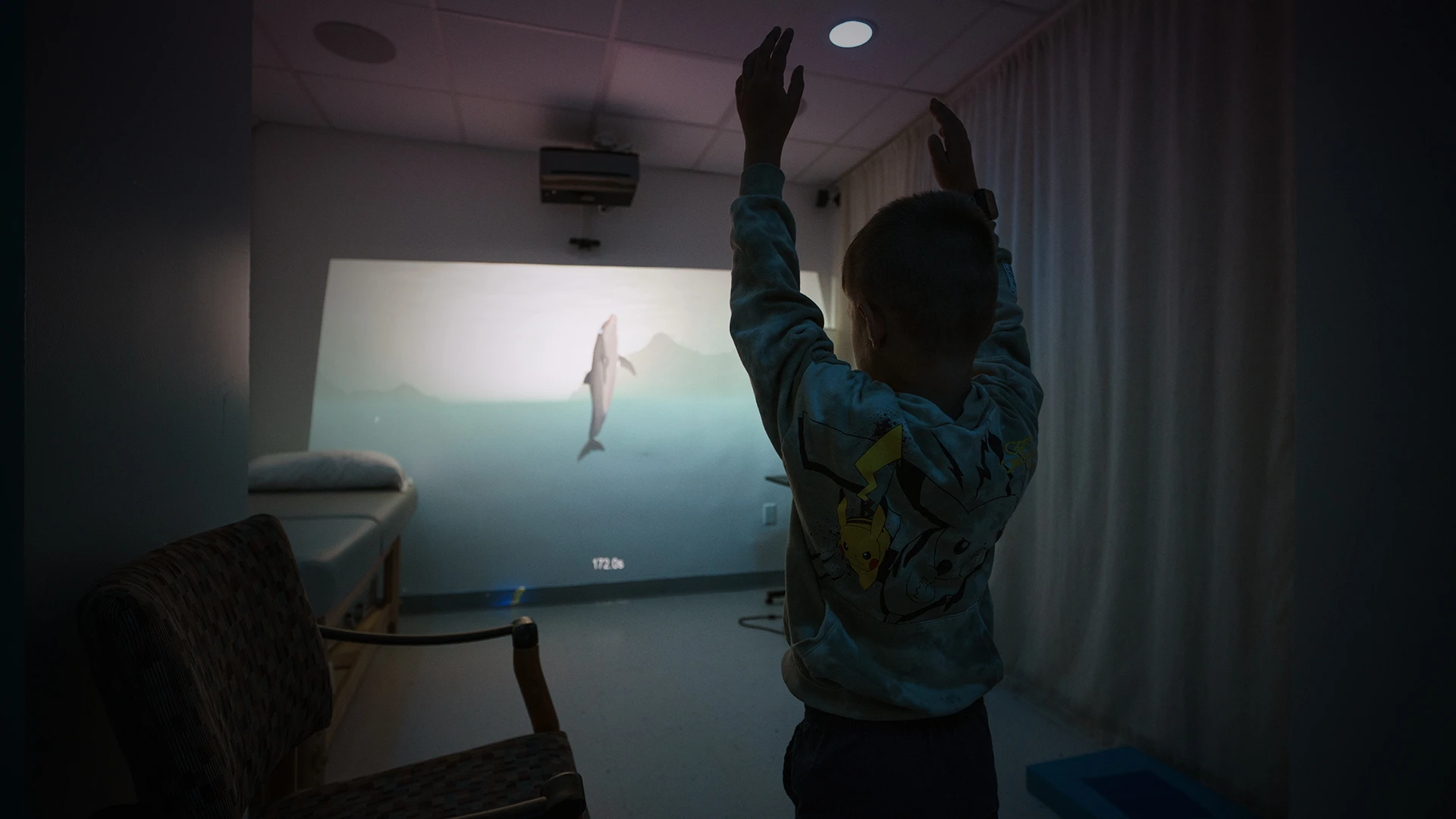Neurostimulation technology has been achieving promising results in reducing functional impairment among adult patients with chronic neurological disabilities. Although literature suggests this technology could achieve similar outcomes among pediatric patients, it has been difficult to conduct safety feasibility studies among this population, says David F. Putrino, PhD, Professor of Rehabilitation and Human Performance.
“Innovations in pediatric rehabilitation often move much more slowly than those in adult rehabilitation because the number of kids living with disability is so much lower,” says Dr. Putrino, who is also Director of the Charles Lazarus Children’s Abilities Center, and Director of Rehabilitation Innovation for the Mount Sinai Health System.
Supported by a $3 million gift from the Lazarus family, Dr. Putrino and his colleagues at the Center arrived at a solution: They have designed a new motion capture facility that will enable them to conduct safety feasibility studies of neurostimulation technologies among pediatric patients. It will make Mount Sinai one of only two institutions in New York City with such a facility, and the only health system nationwide that is able to conduct these trials.
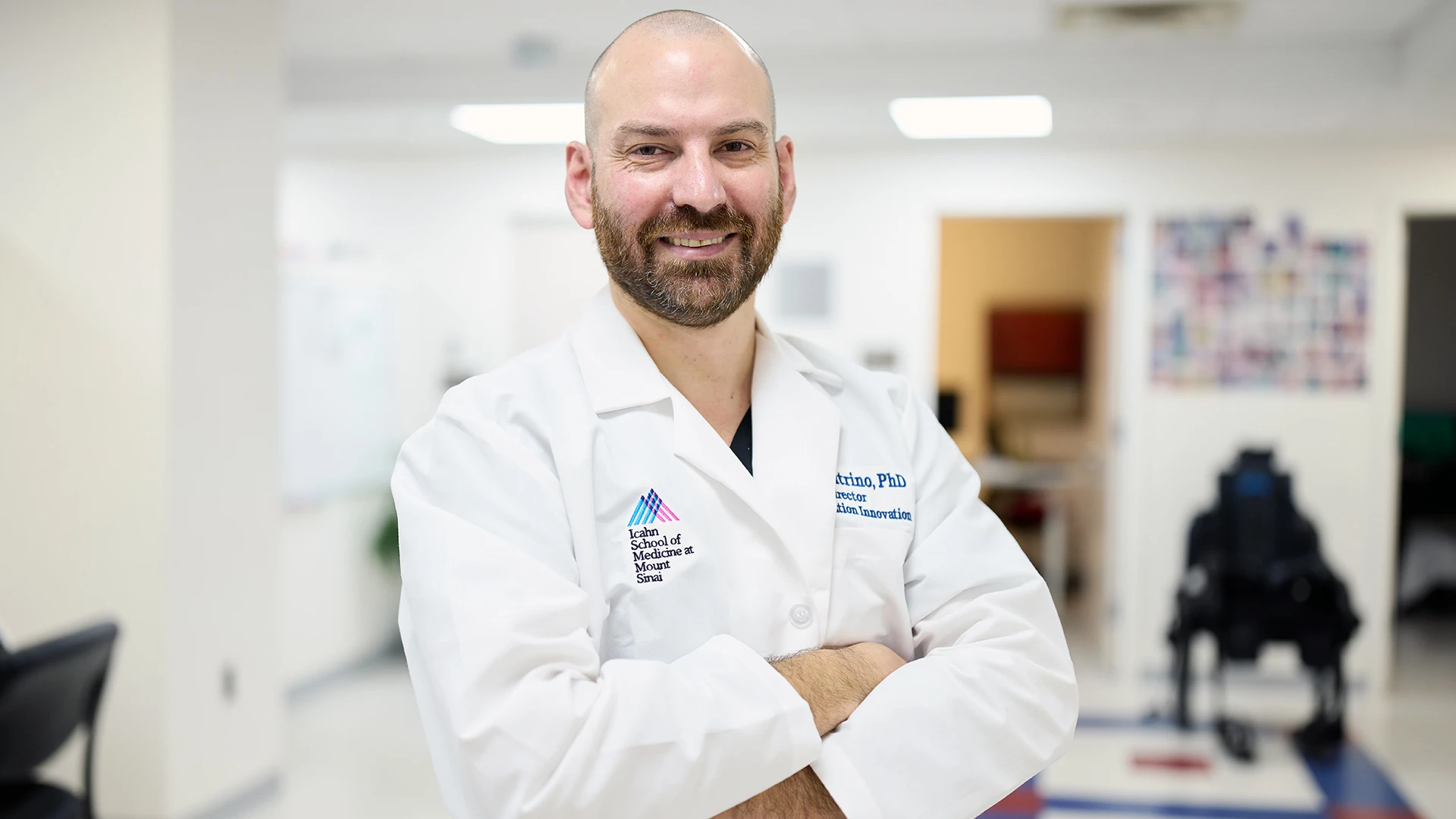
While there had been efforts to assess the impact of neurostimulation technology in improving function among adult patients with chronic neurological disabilities, assessing that benefit in a pediatric population had been challenging, says David F. Putrino, PhD, Professor of Rehabilitation and Human Performance at the Icahn School of Medicine at Mount Sinai. His team has come up with a novel approach to tackle that: a motion capture facility, similar to the kinds used by filmmakers.
“You need to prove that these technologies are restoring neurotypical motion patterns as opposed to helping patients adapt to or compensate for their injuries,” says Dr. Putrino.
Inspired by Filmmakers, Helping Children Recover
The motion capture system is marker-based, similar to those used by filmmakers to create animated digital character models. The system, set up in a room with up to 15-foot ceilings to capture all vantage points, consists of a wearable device, with sensors placed near the wearer’s joints and bony landmarks. A series of cameras are strategically placed to capture the wearer’s movements.
“This motion capture facility will enable us to generate the necessary objective evidence to demonstrate whether these approaches that have successfully been utilized in adults can also be successfully utilized in kids,” says Dr. Putrino.
Movement data is mapped to a three-dimensional model, which is then synchronized with data from force platforms, which collect information about gait and weight distribution as patients walk. Those data are further integrated with electromyography to evaluate how patients are activating their muscles as they move.
The collective data enables Dr. Putrino and his colleagues to conduct an in-depth analysis of each patient, and the nature and degree of their improvements achieved through neurostimulation technology. There is also opportunity to apply machine learning with the system, which would eliminate guesswork during analysis.

The Charles Lazarus Children’s Abilities Center at Mount Sinai has a virtual reality area equipped with various systems for rehabilitation, but the motion capture facility will be purpose-built for neurostimulation treatment assessments. It is planned to contain a camera system mounted around the room, together with sensors worn by the patient, enabling it to capture all vantage points and the wearer’s movements.
“The result will be a highly advanced facility that will allow us to fully understand how well people are moving in real time,” Dr. Putrino says.
Scope of Treatments
Pediatric patients who are candidates for neurostimulation treatment will be assessed to determine which intervention is best suited for them. Should parents provide consent for their child to participate, the patient will be offered one of three advanced treatment options, combined with rehabilitation therapy, based on the nature of their neurological-related disability.
“We will be looking at factors such as restoration of lost movement, as well as control and quality of movement,” says Dr. Putrino. “We want to determine whether patients are achieving improvement in function through a genuine reduction of impairment as opposed to better compensation to their disability.”
Some of the treatment options to be assessed with the motion capture facility could include:
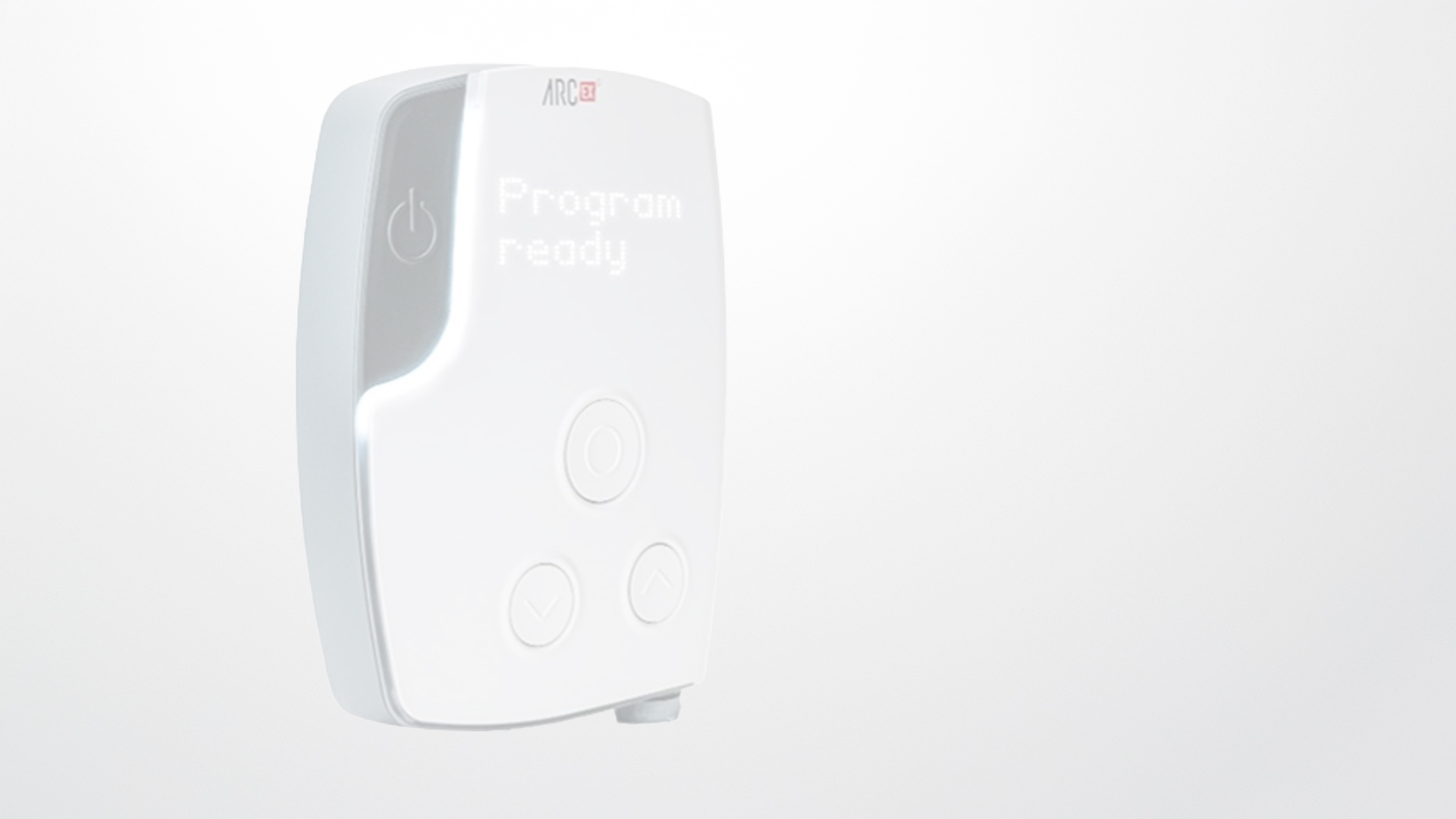
ONWARD Medical’s ARC-EX, an FDA-approved non-invasive spinal cord stimulation system
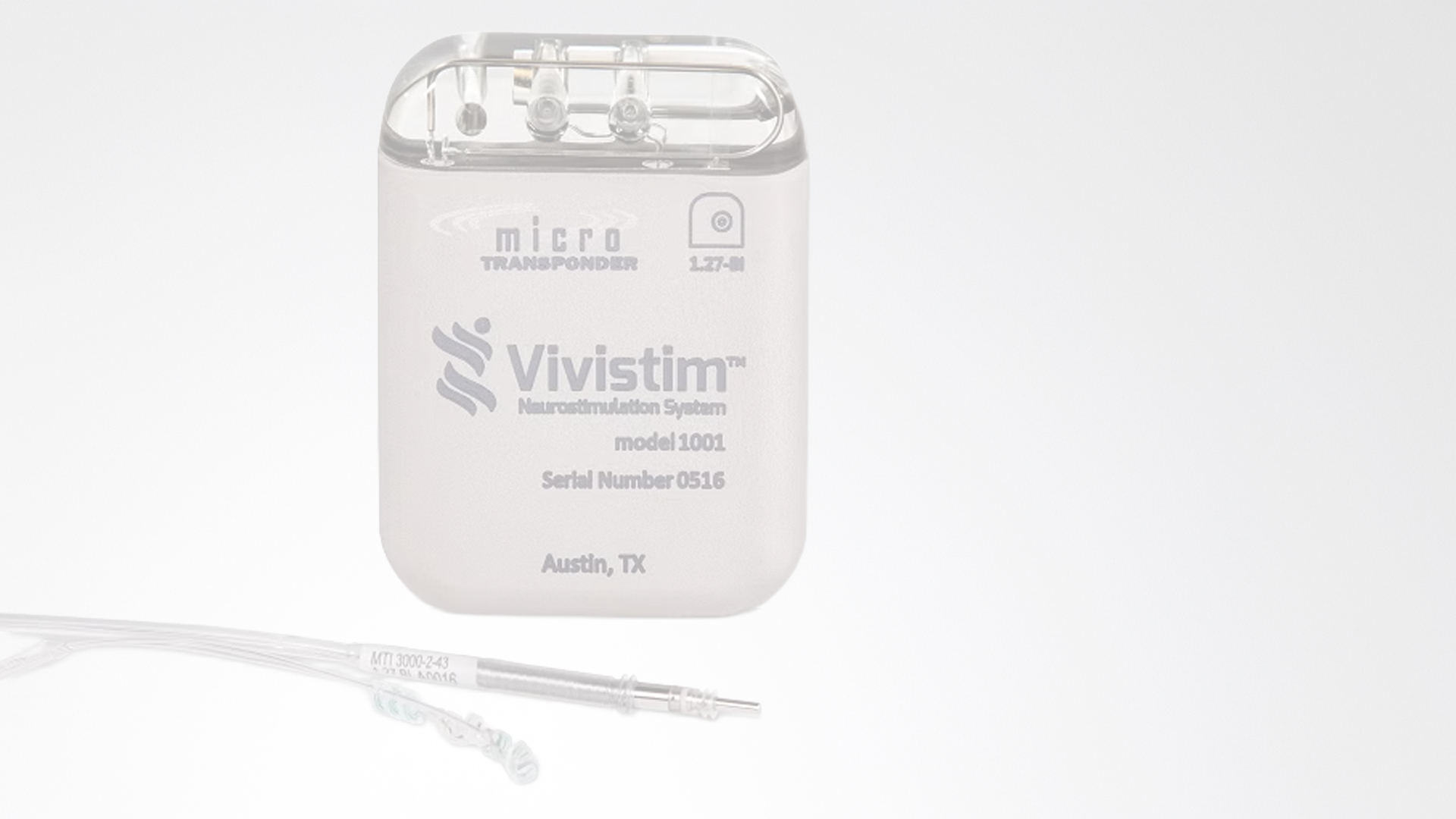
MicroTransponder’s Vivistim Paired VNS System, an FDA-approved implanted vagus nerve stimulator
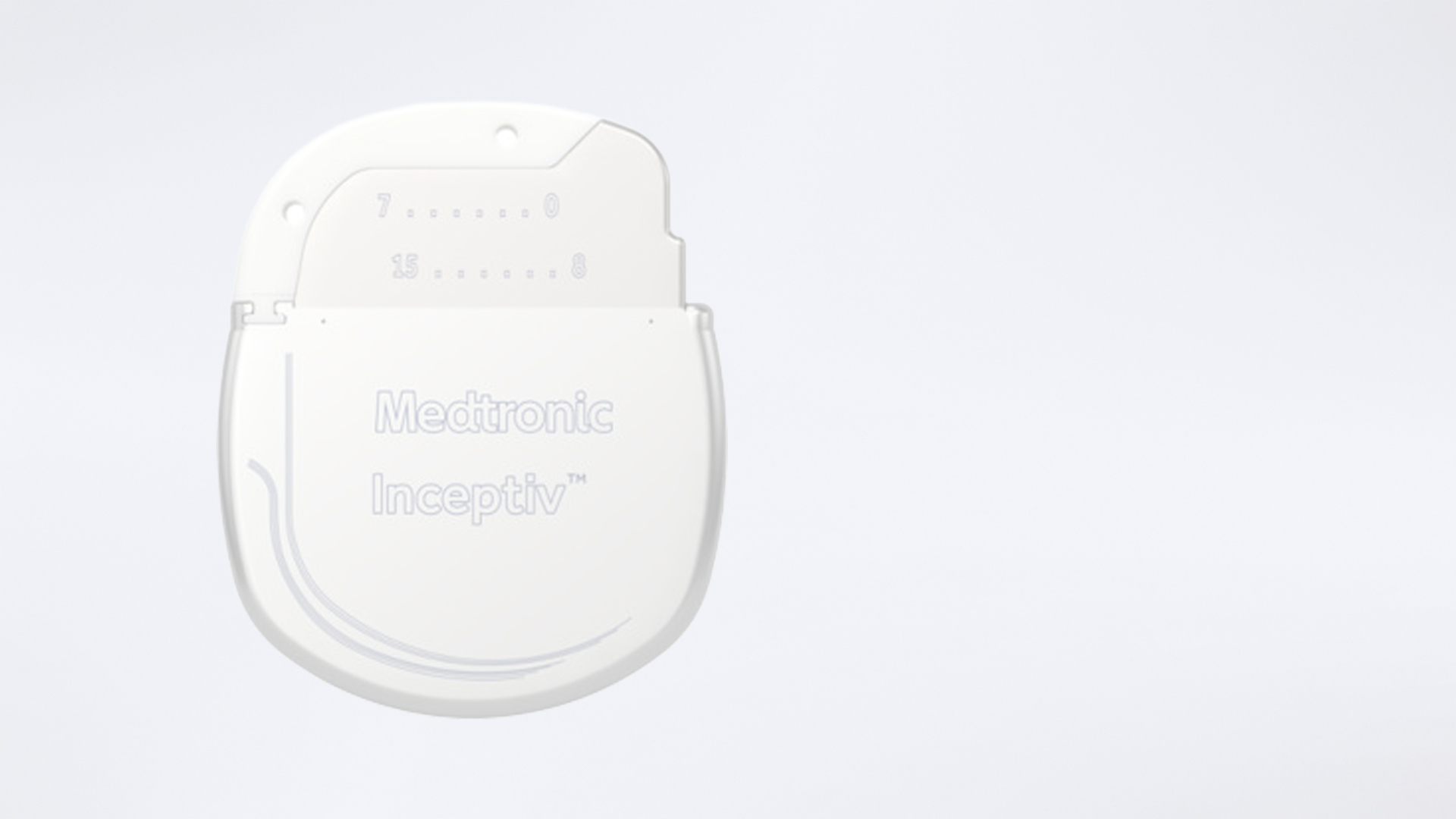
Medtronic's spinal cord stimulator systems
The Charles Lazarus Children’s Abilities Center has received investigational device exemptions to use these technologies among pediatric patients and developed protocols to guide the studies, which will begin upon completion of the facility.
If the outcomes are successful, the plan is to secure funding to proceed with a placebo-controlled randomized control trial, share outcomes with other centers, and work with federal agencies to see how these technologies can be covered by insurers.
“If this technology works, we want to tell everyone about what we are doing so they can replicate it for their patients as soon as possible,” Dr. Putrino says. “If not, we move on to the next leading-edge technology to keep hope alive for the kids.”
Featured
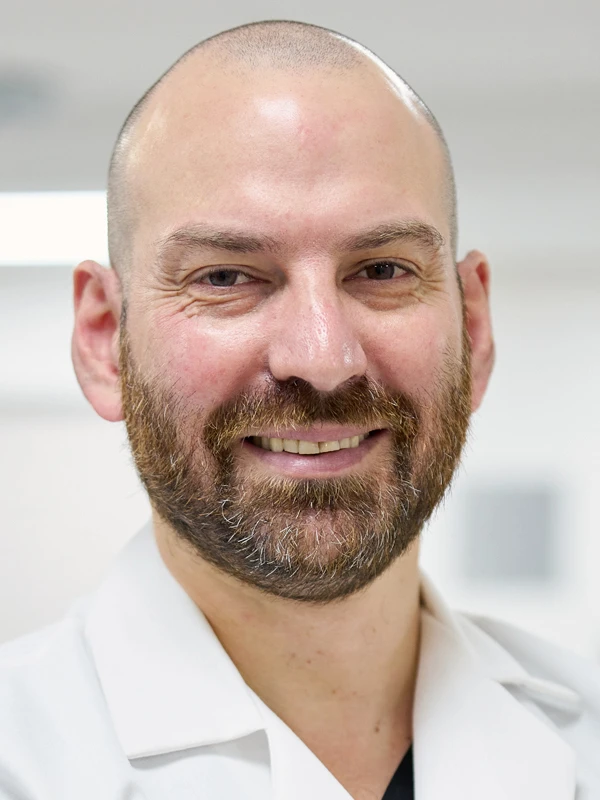
David Putrino, PhD
Director of Rehabilitation Innovation, and Professor of Rehabilitation and Human Performance
